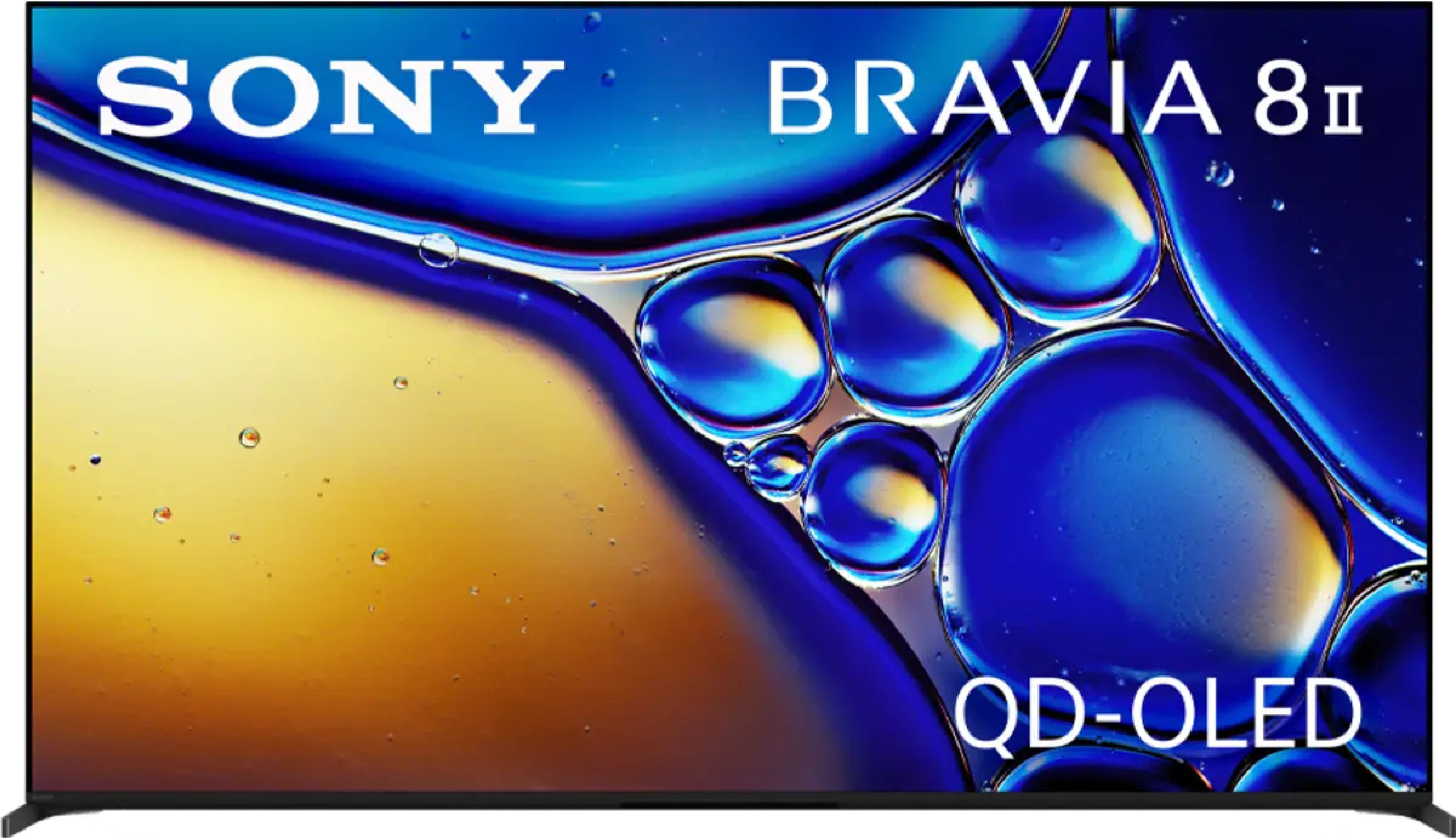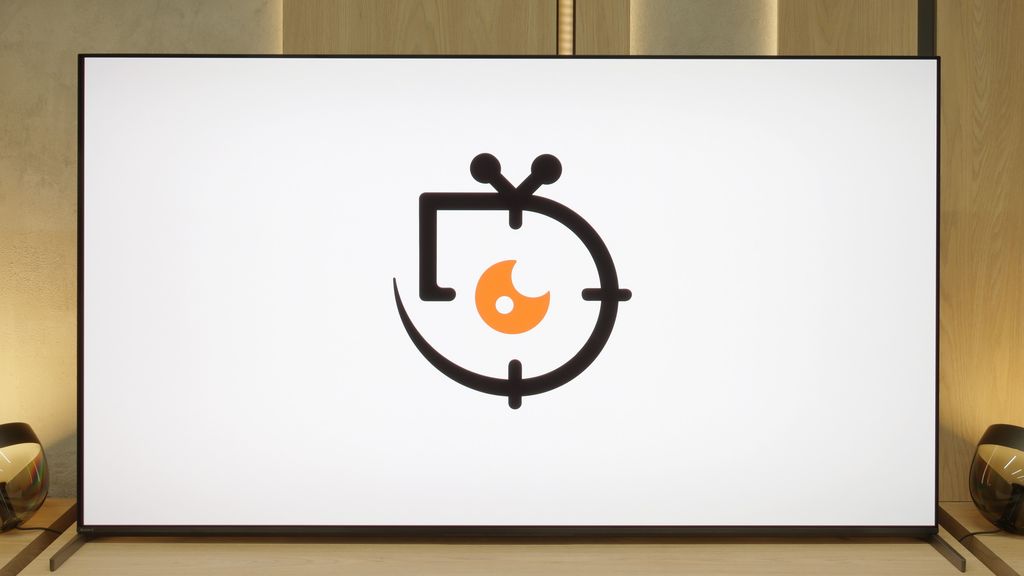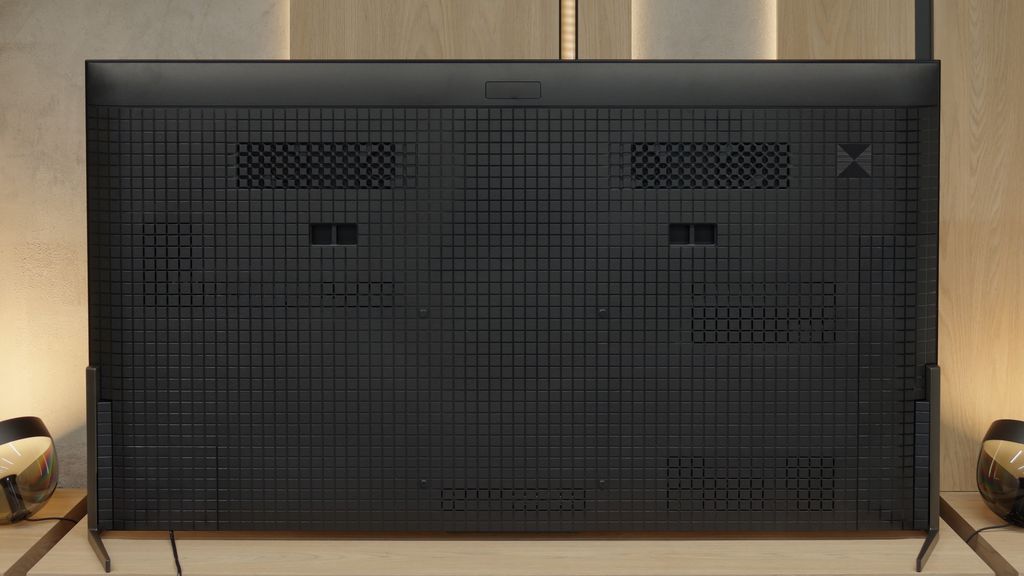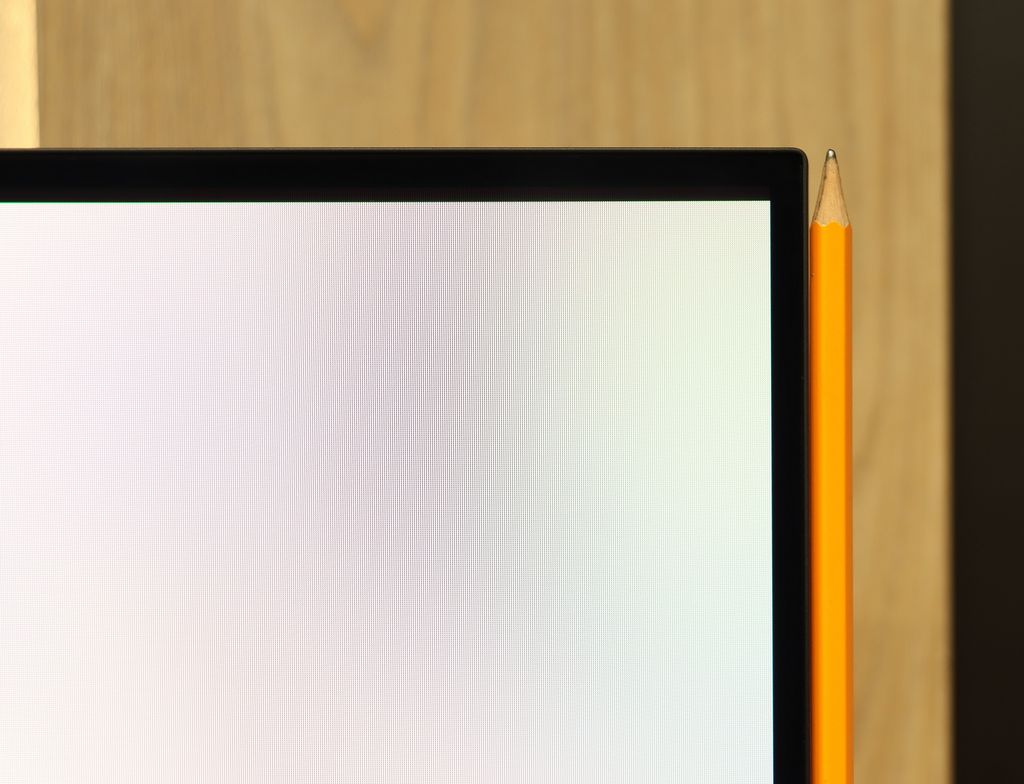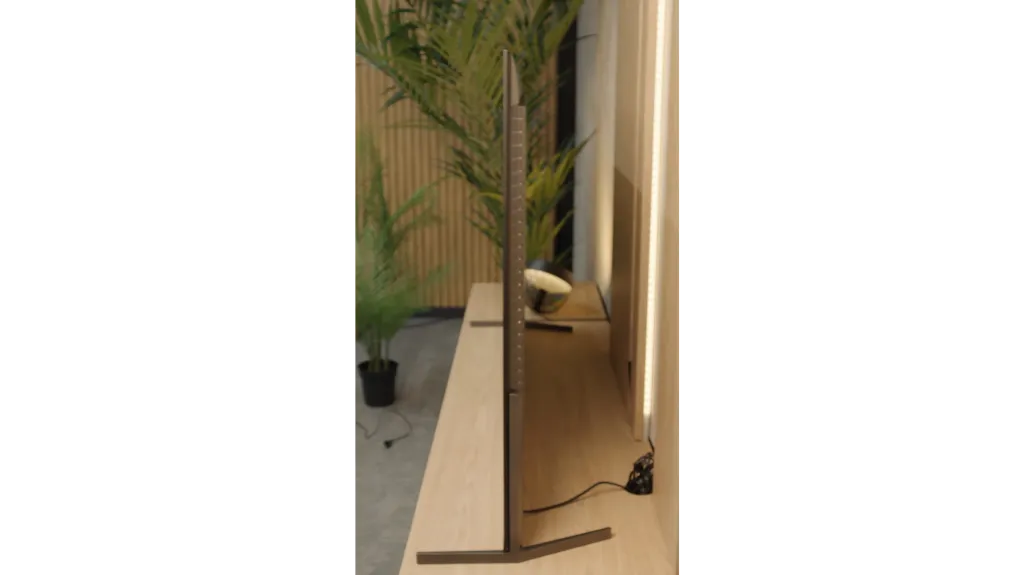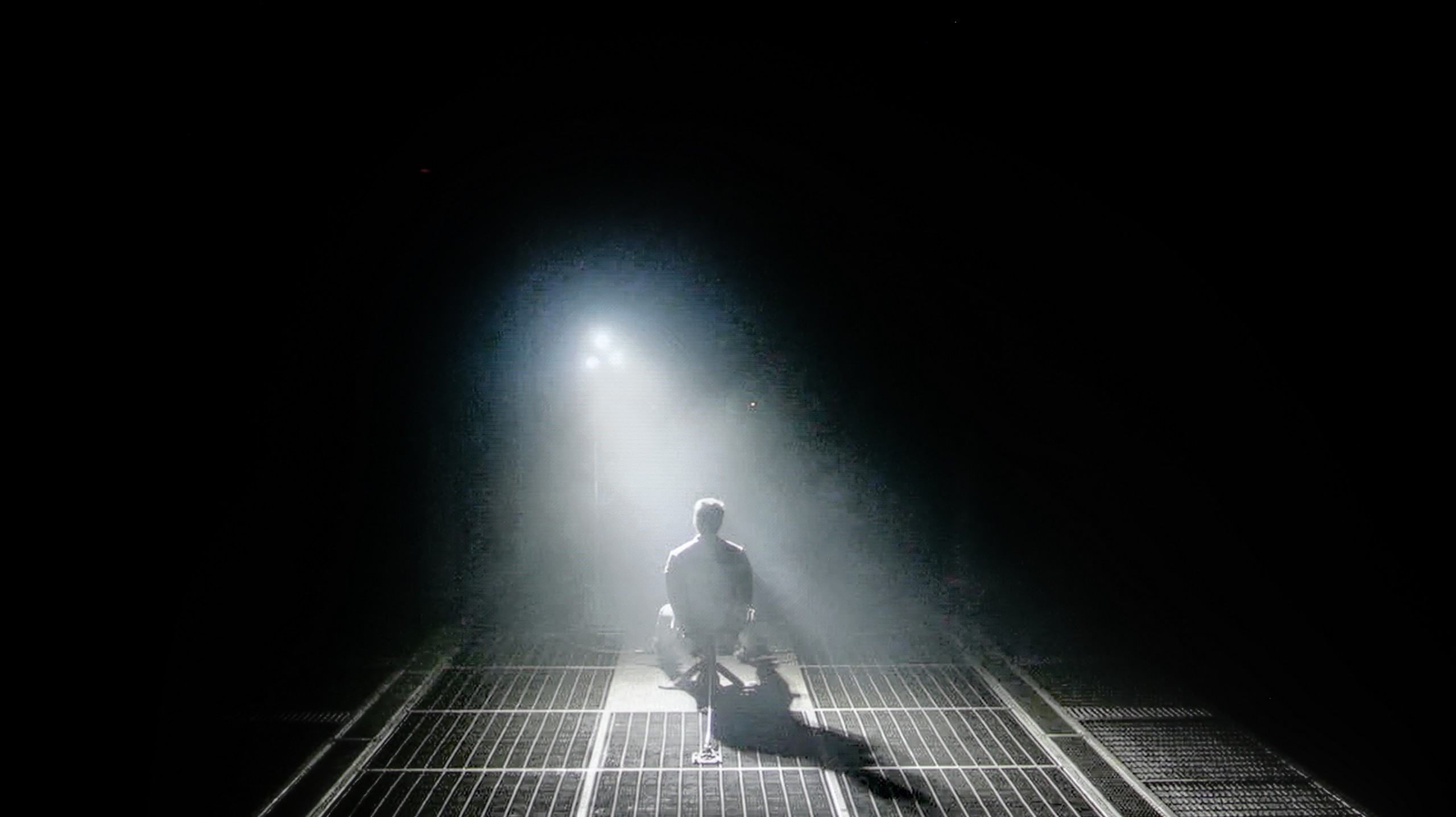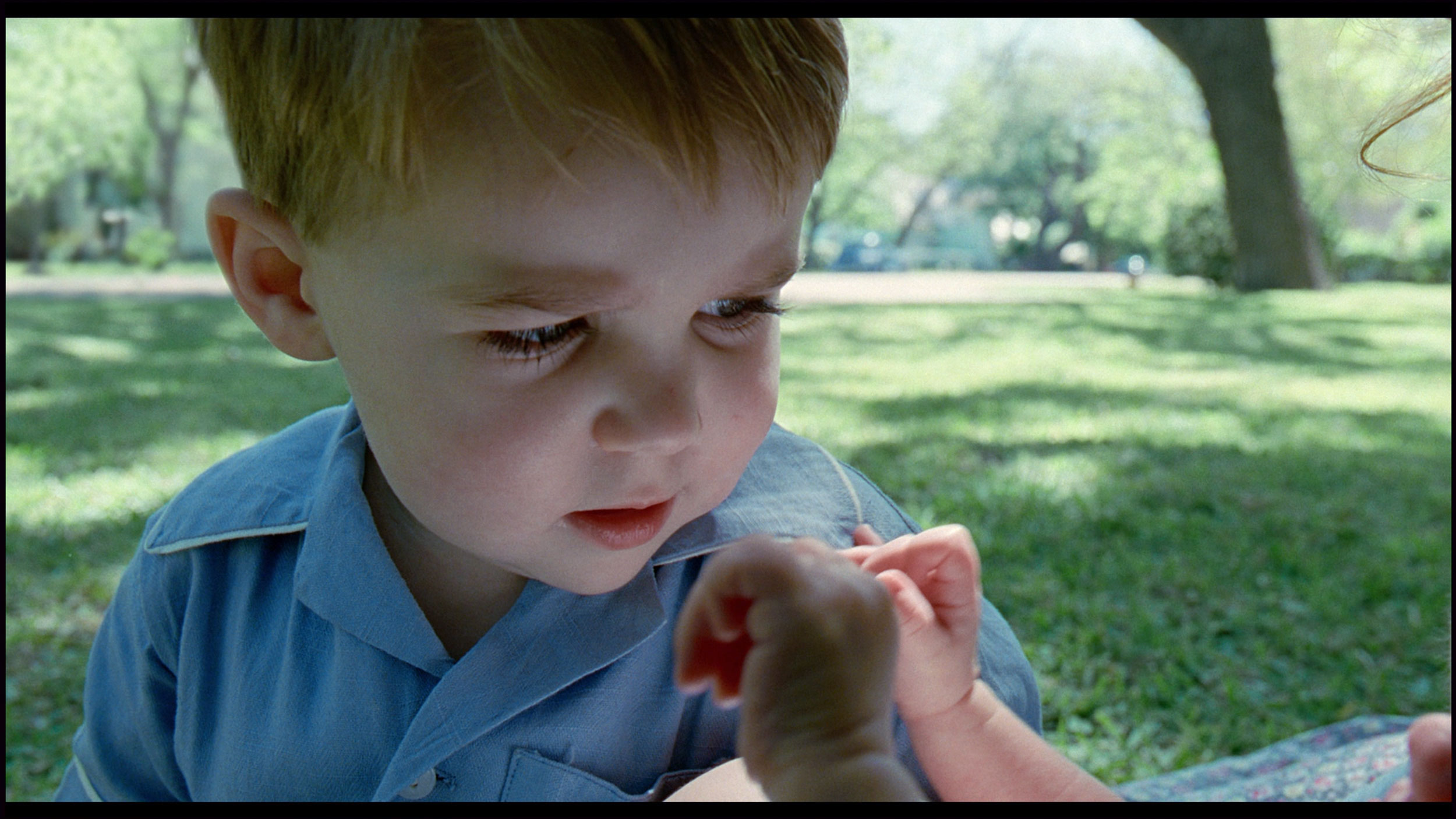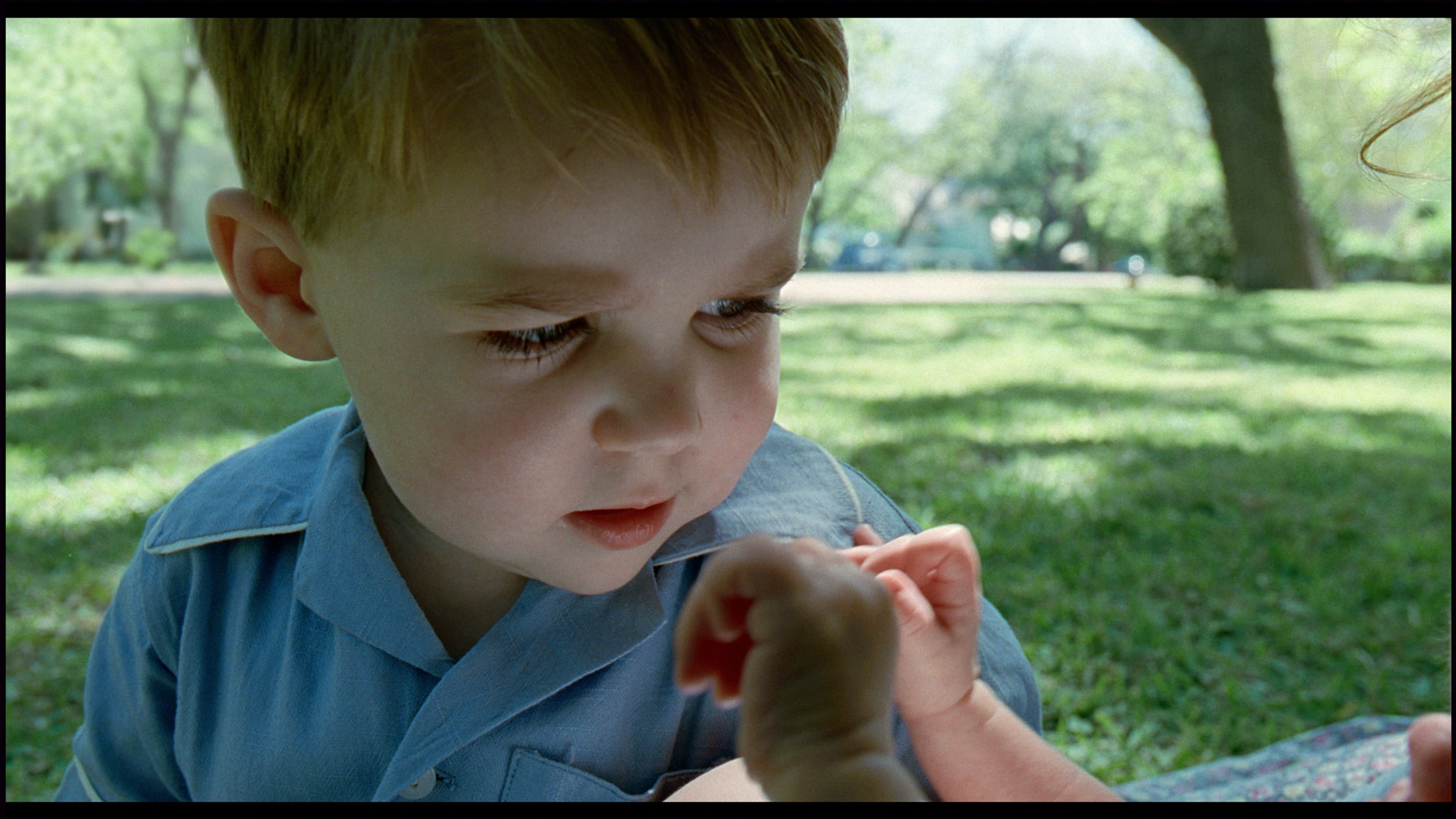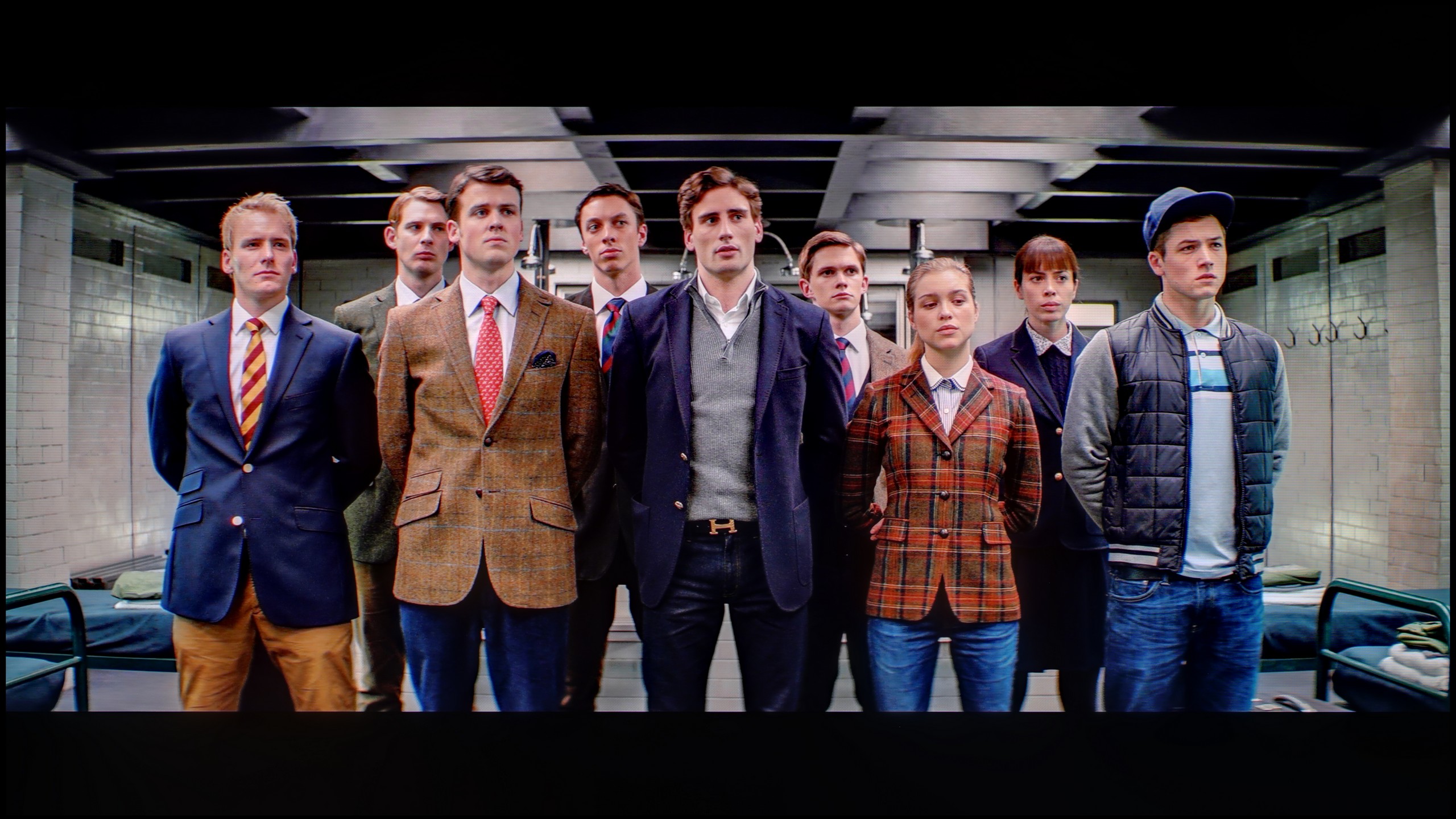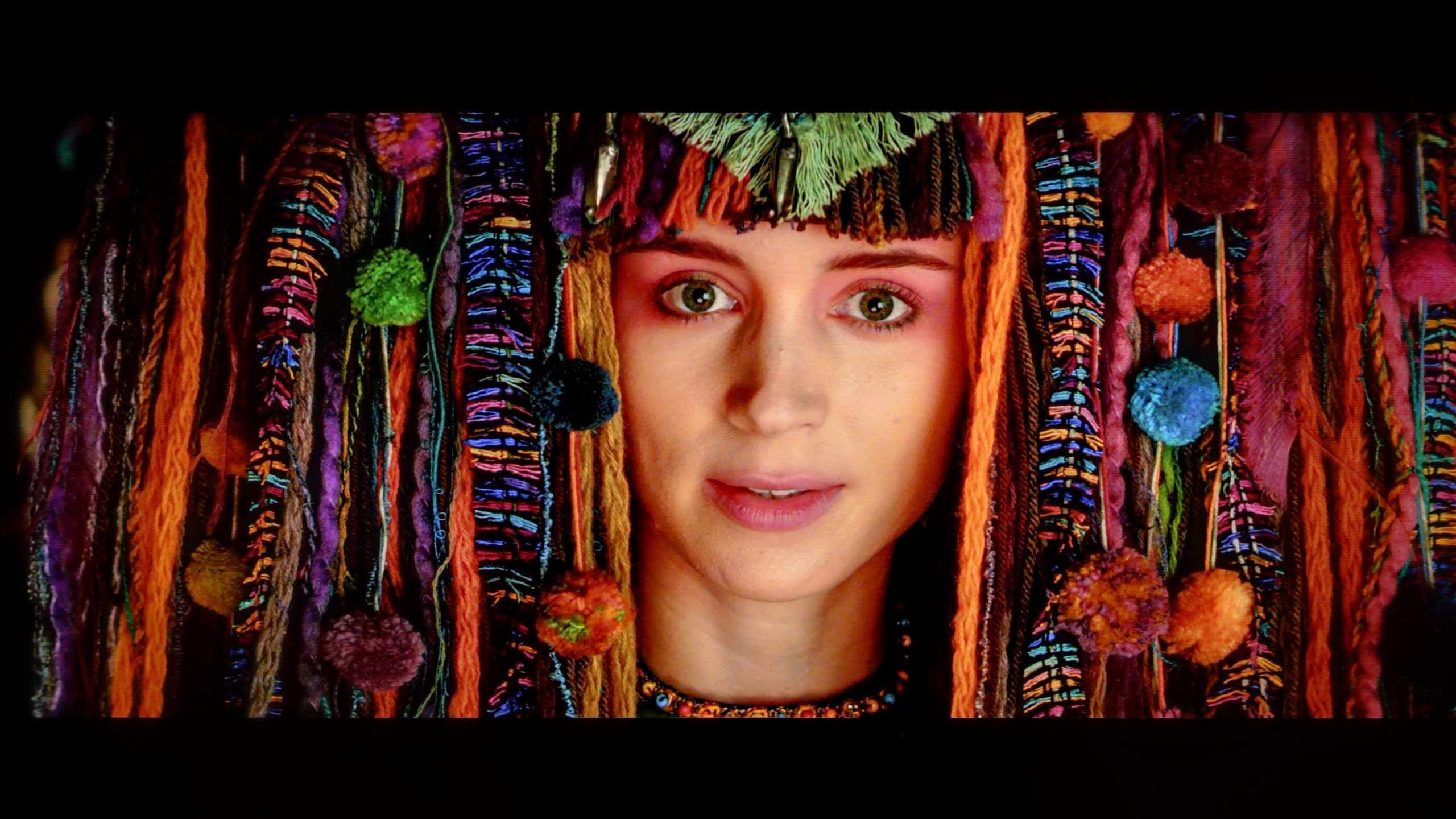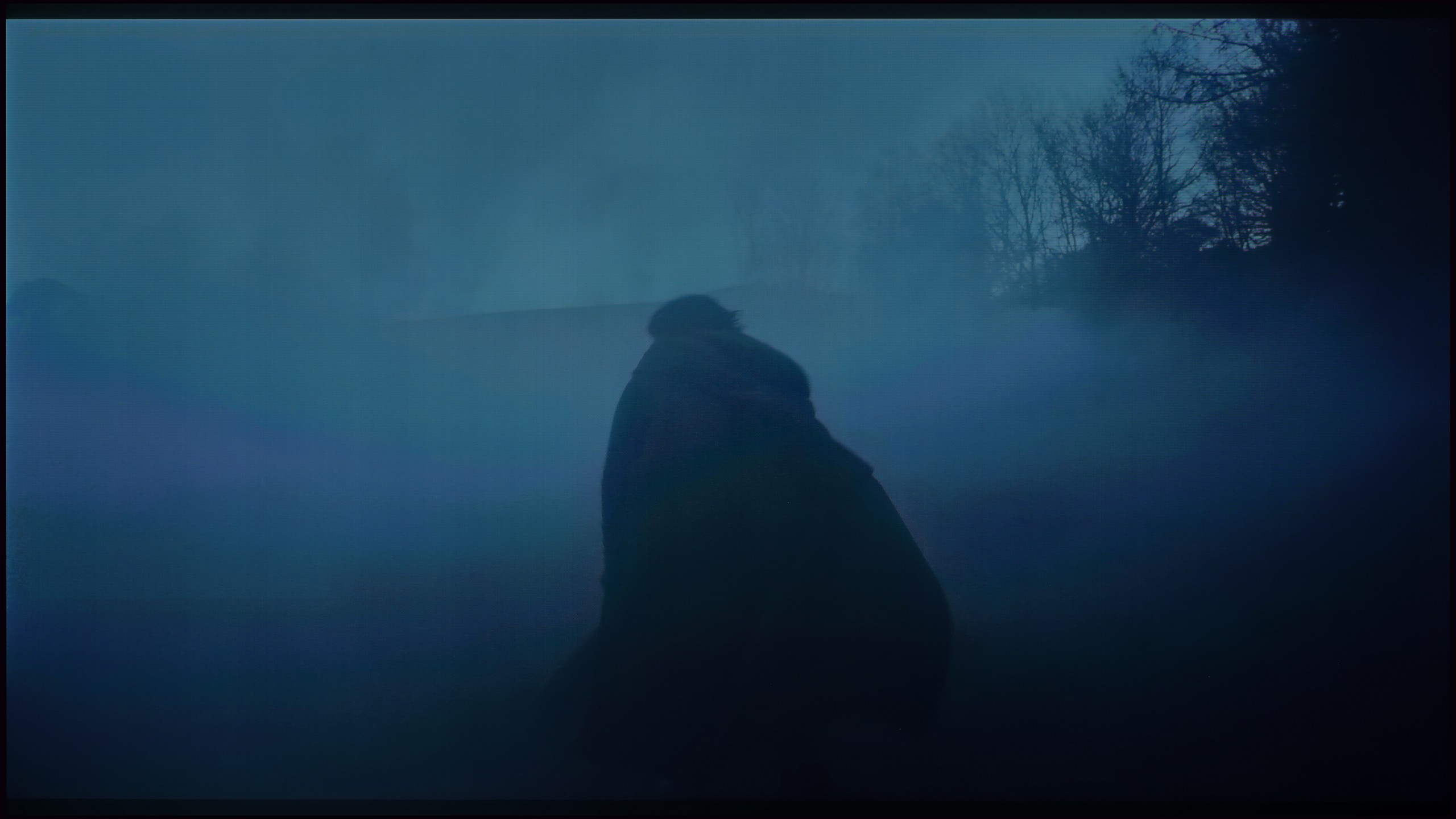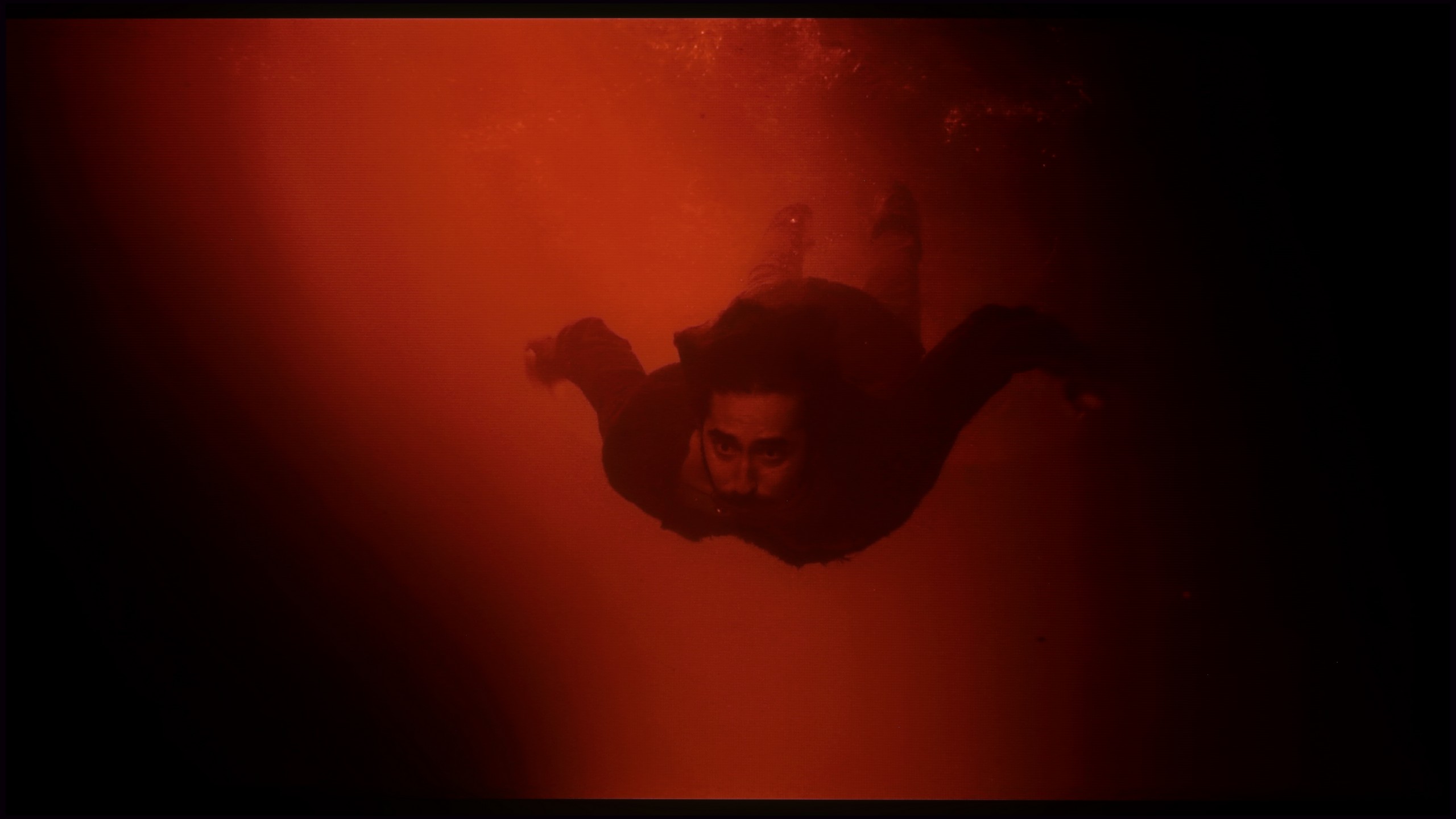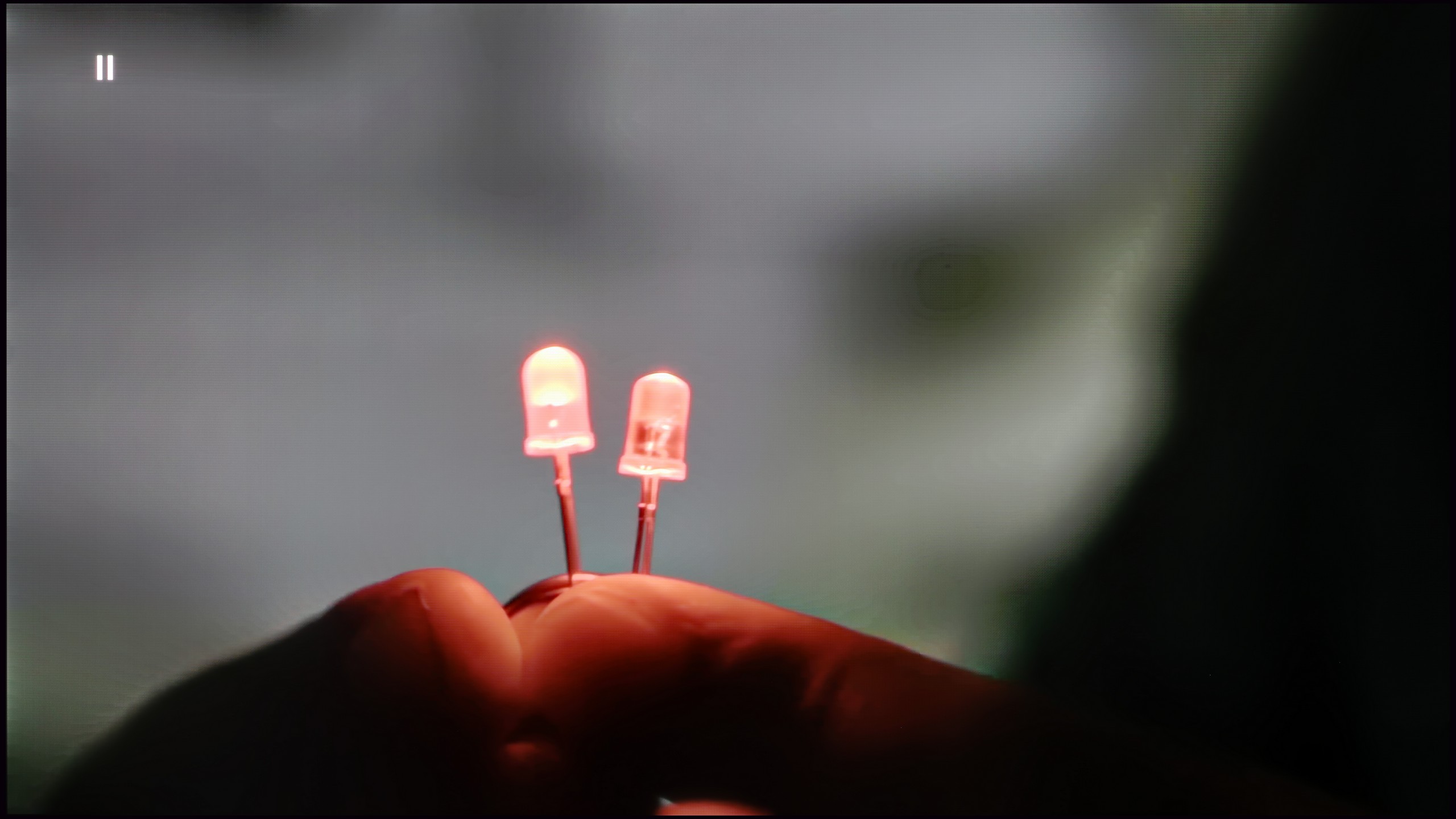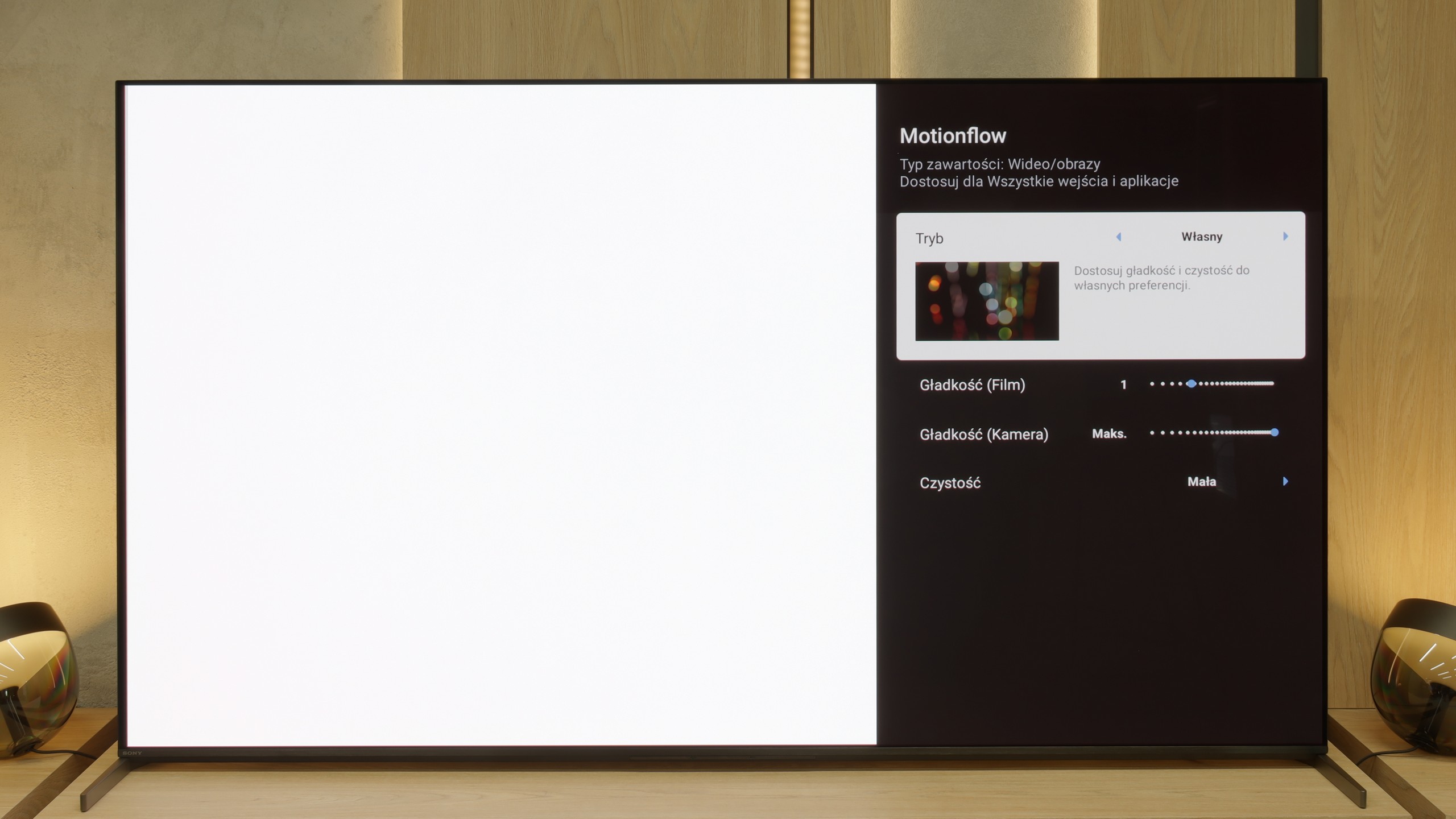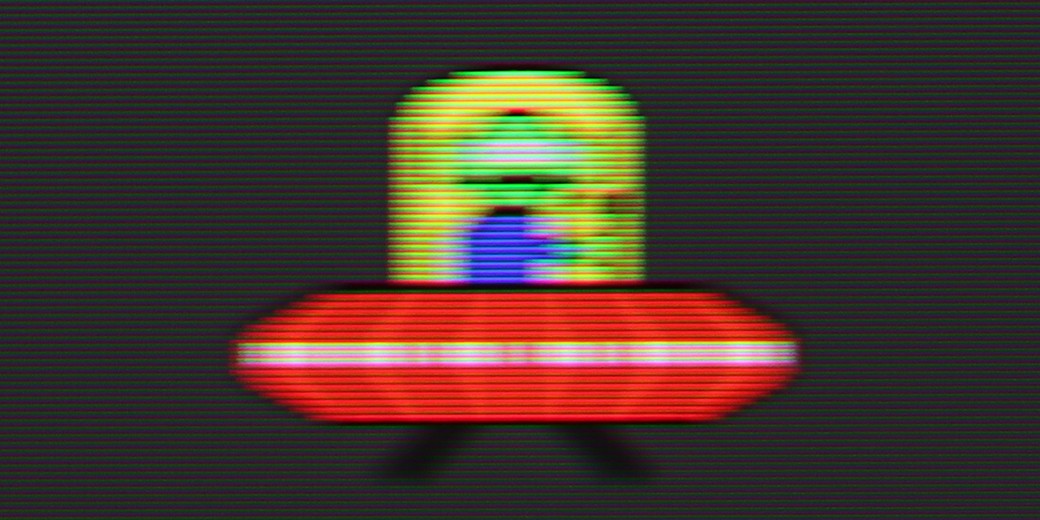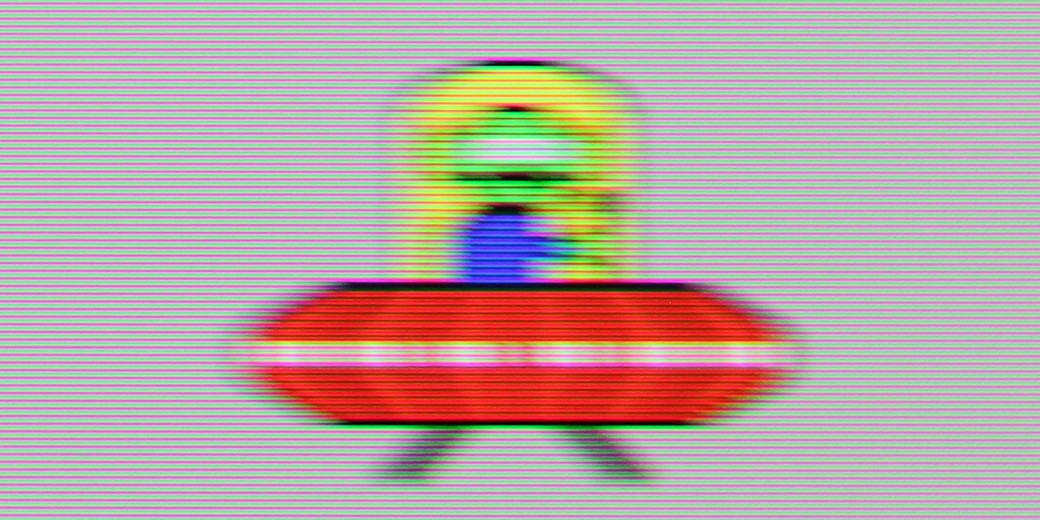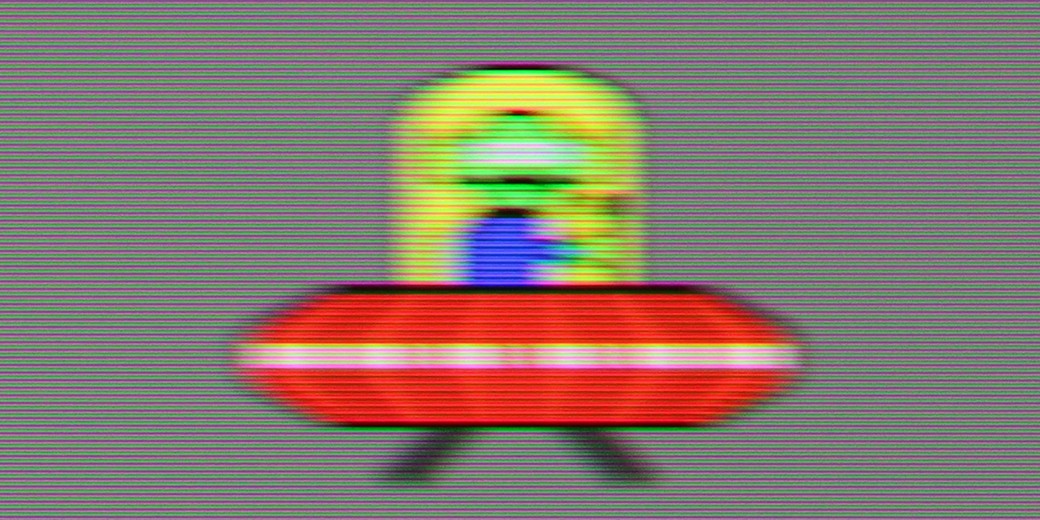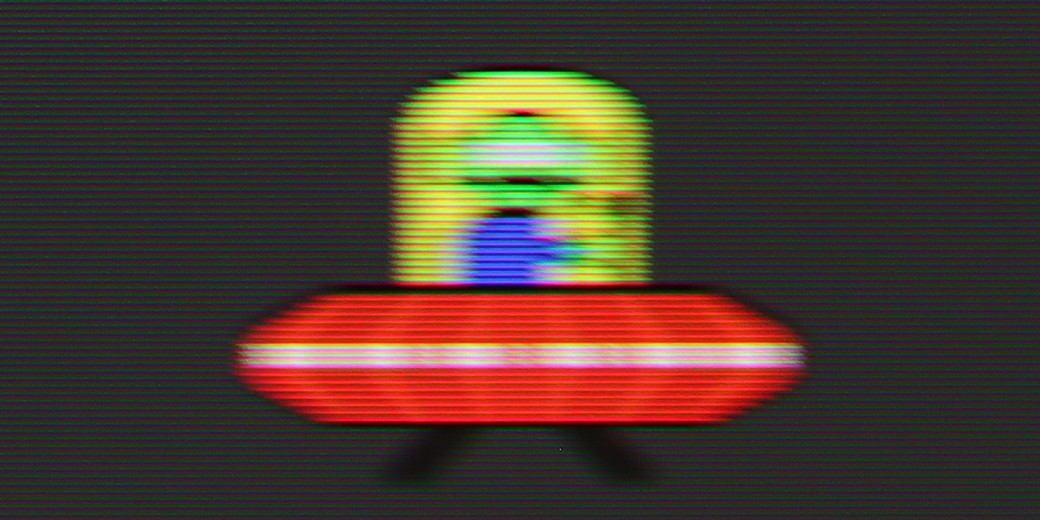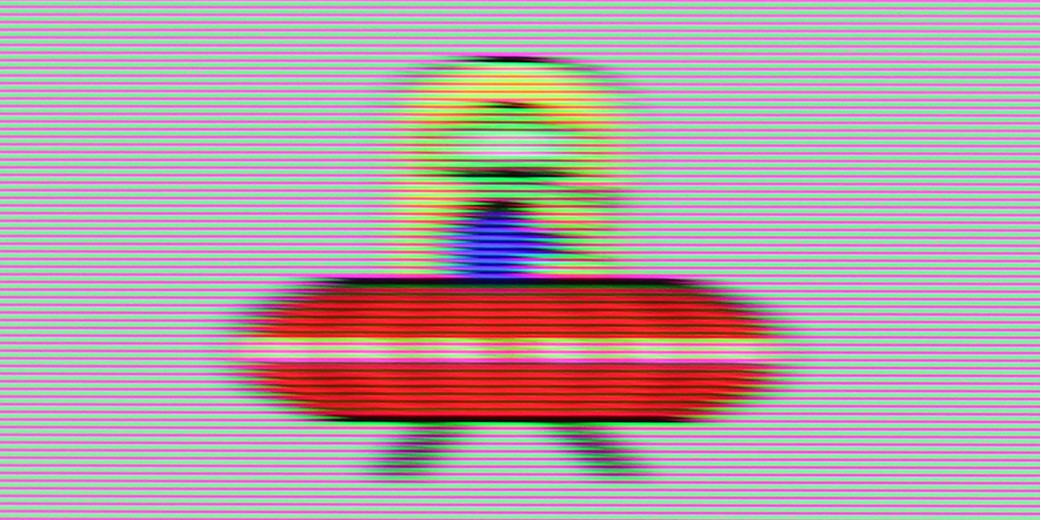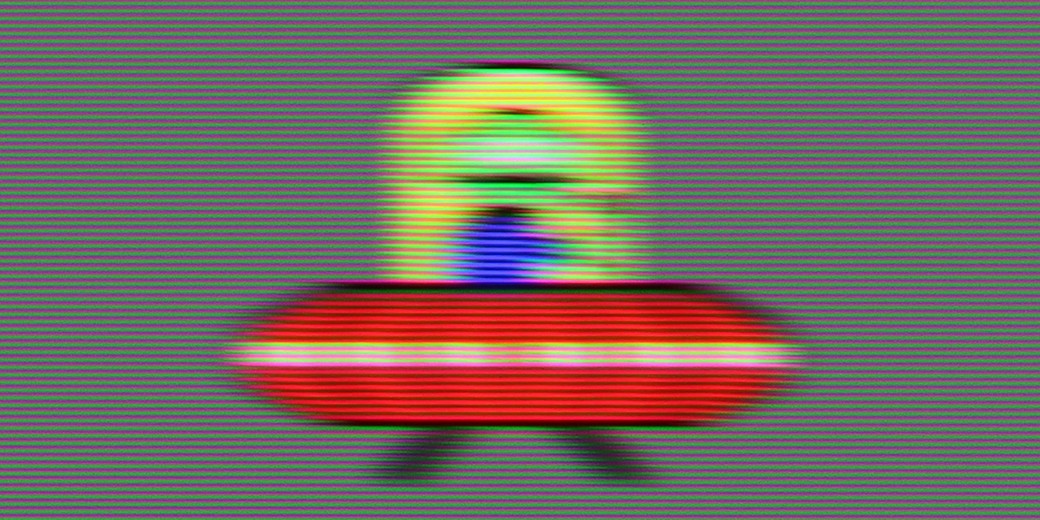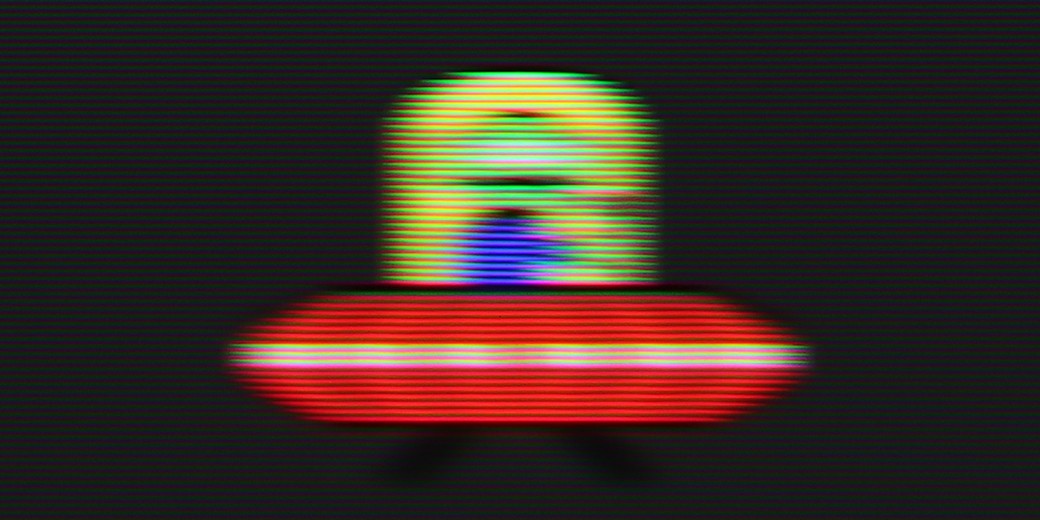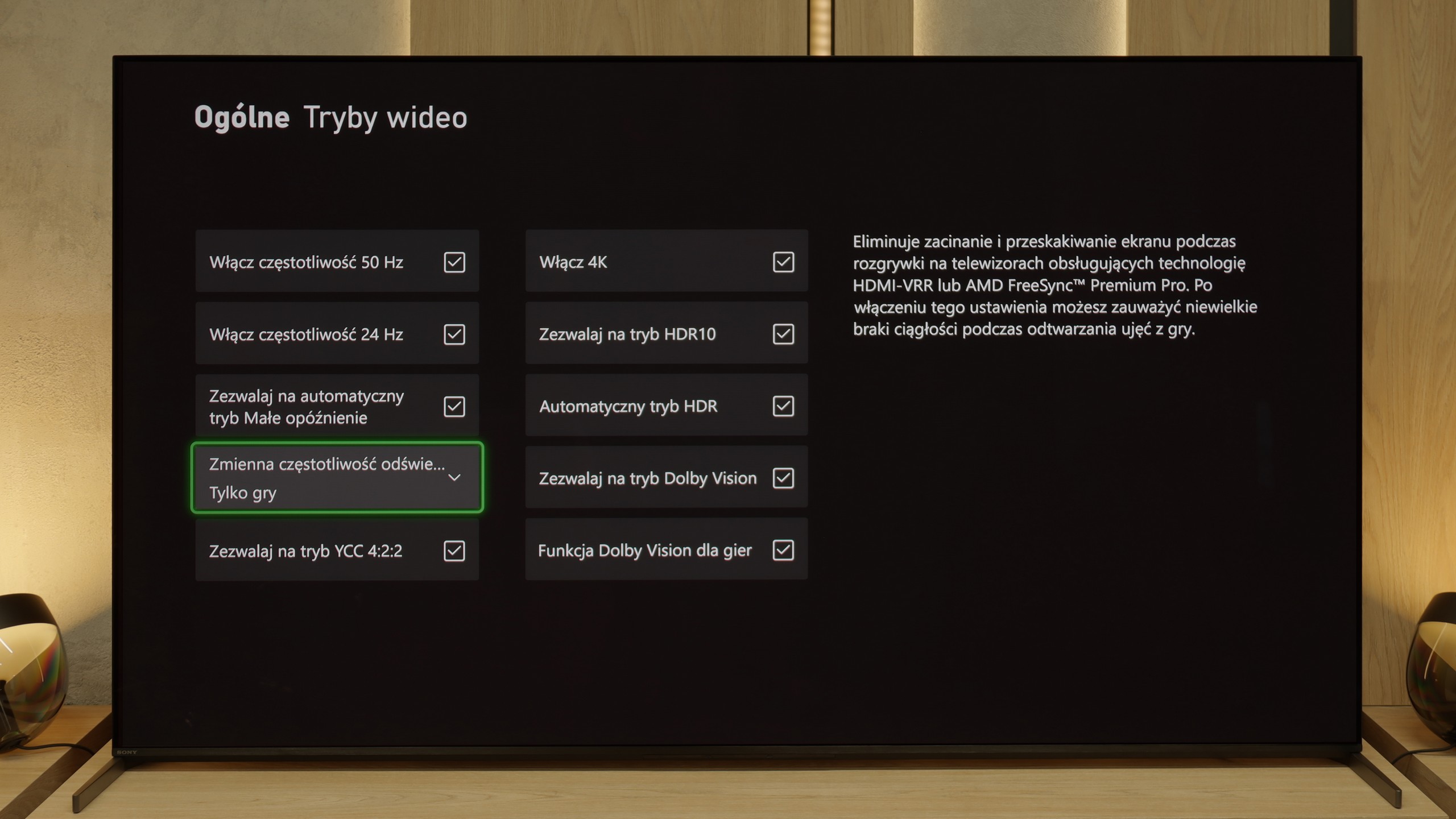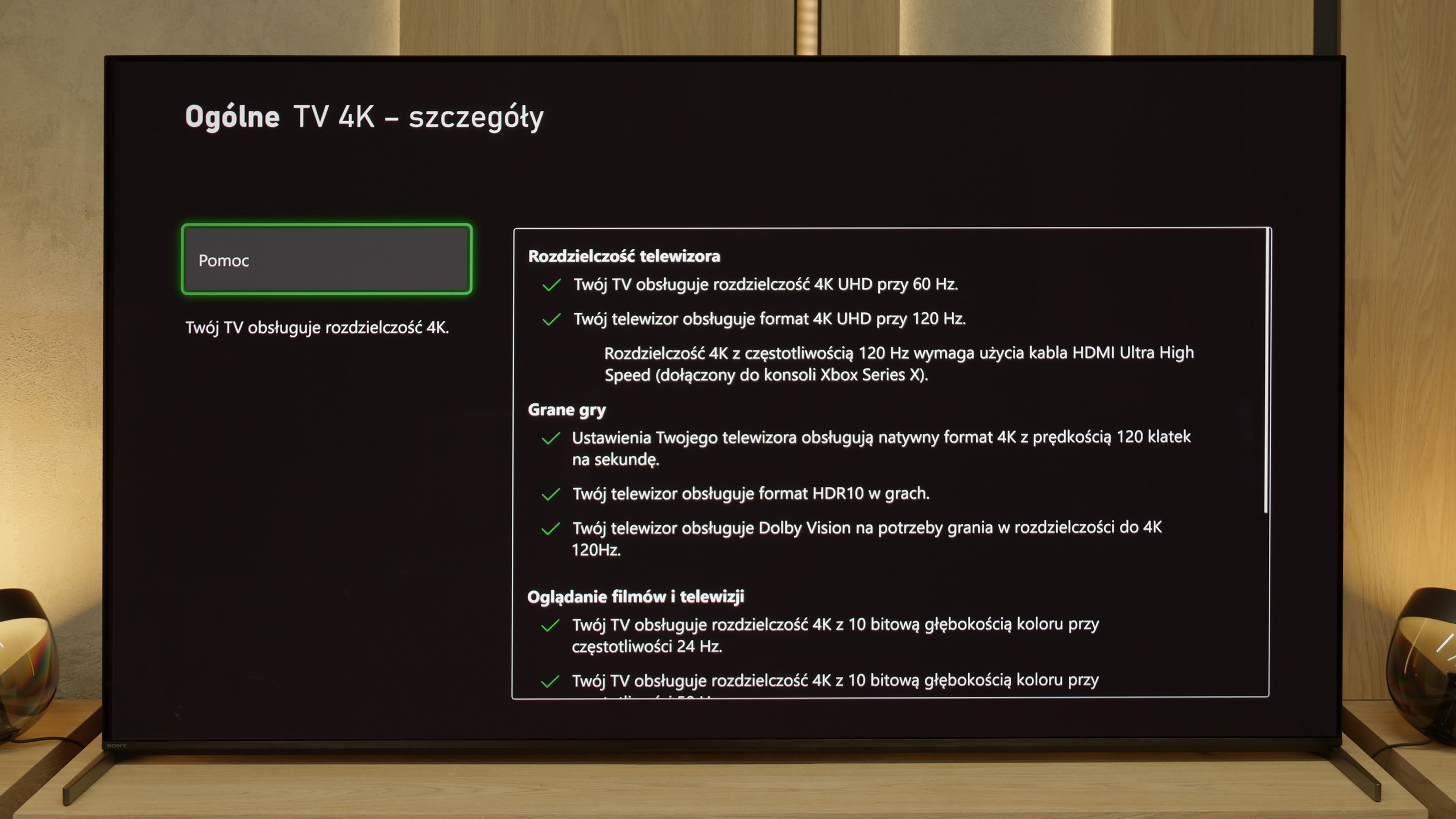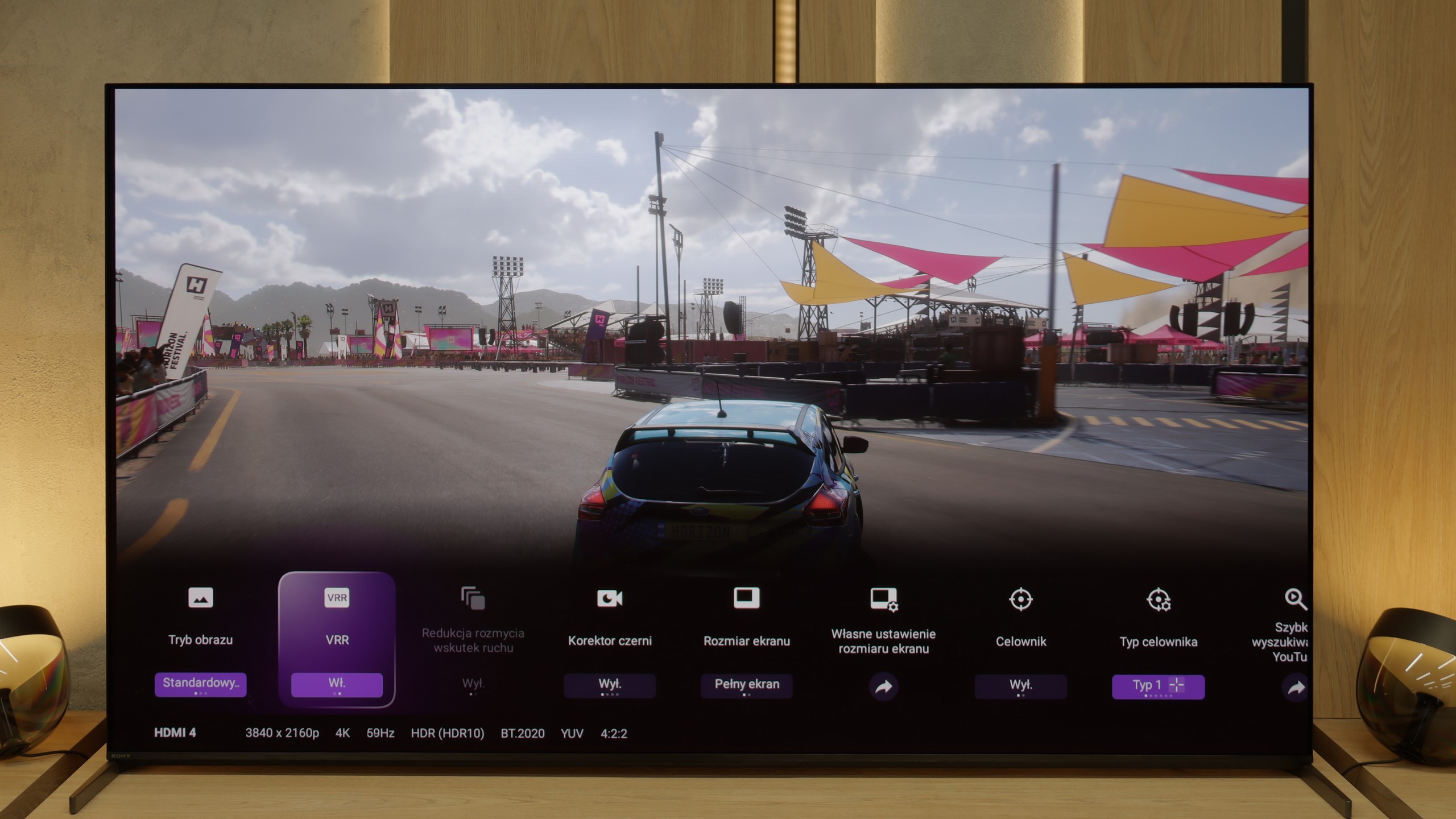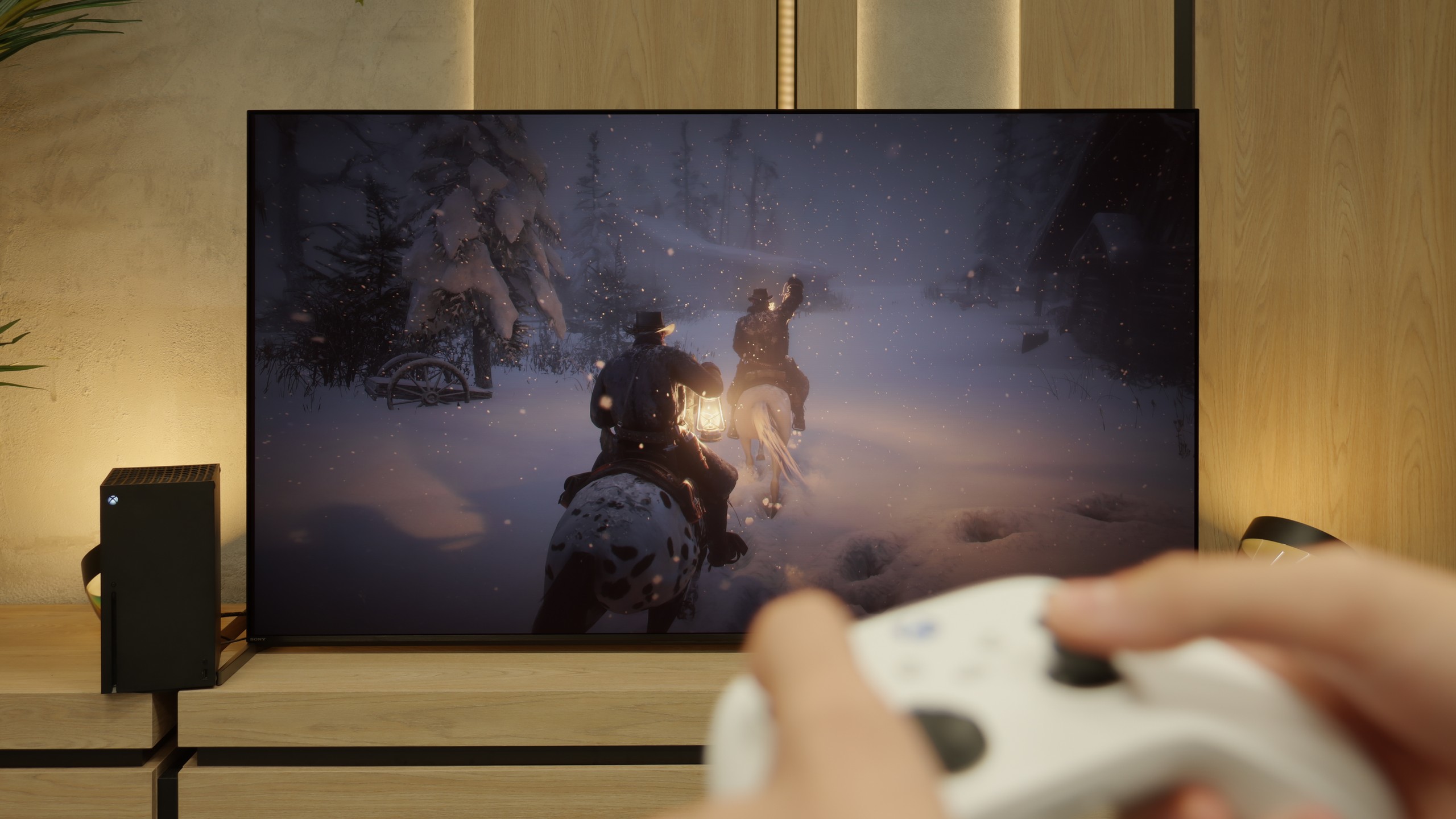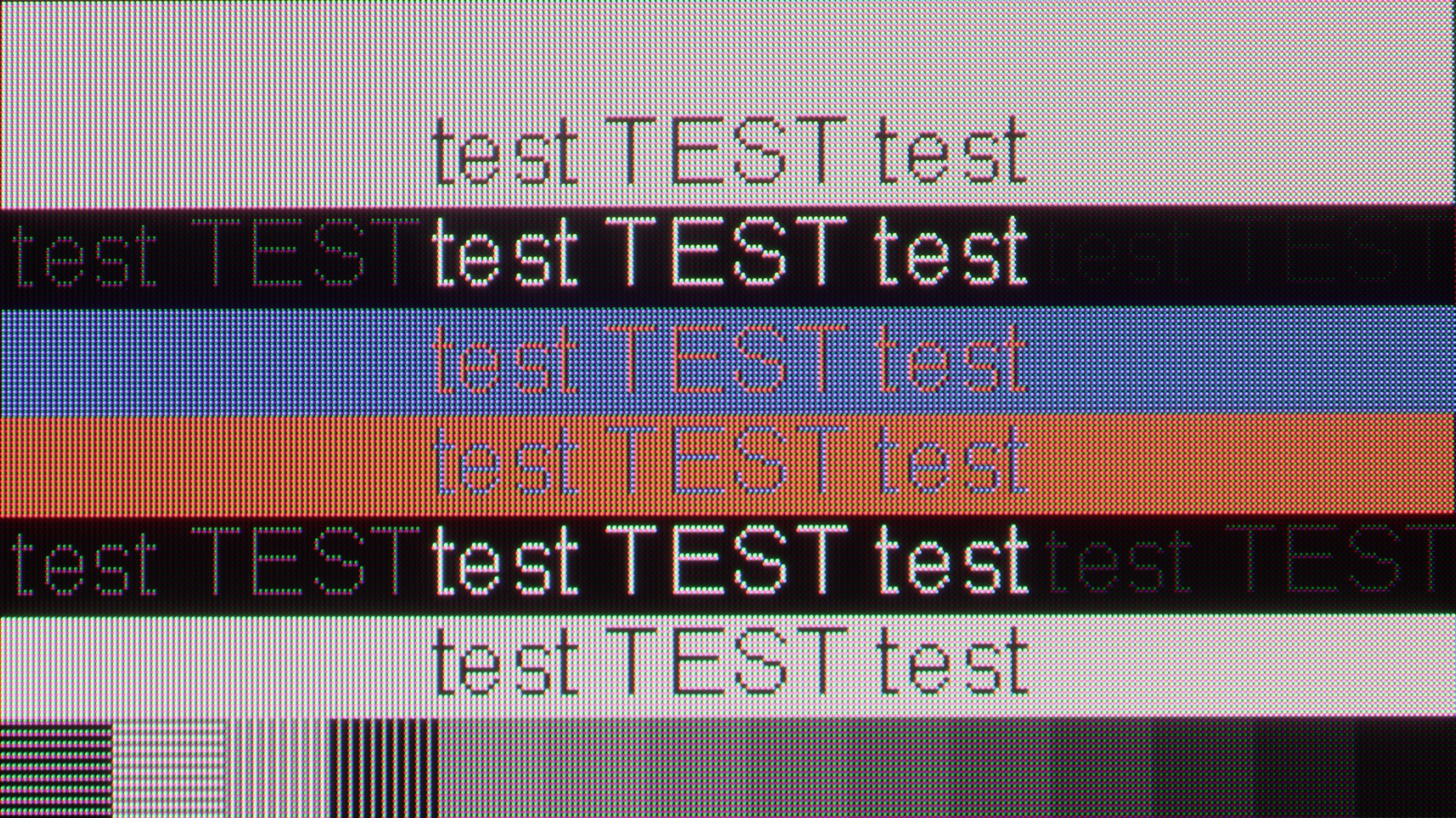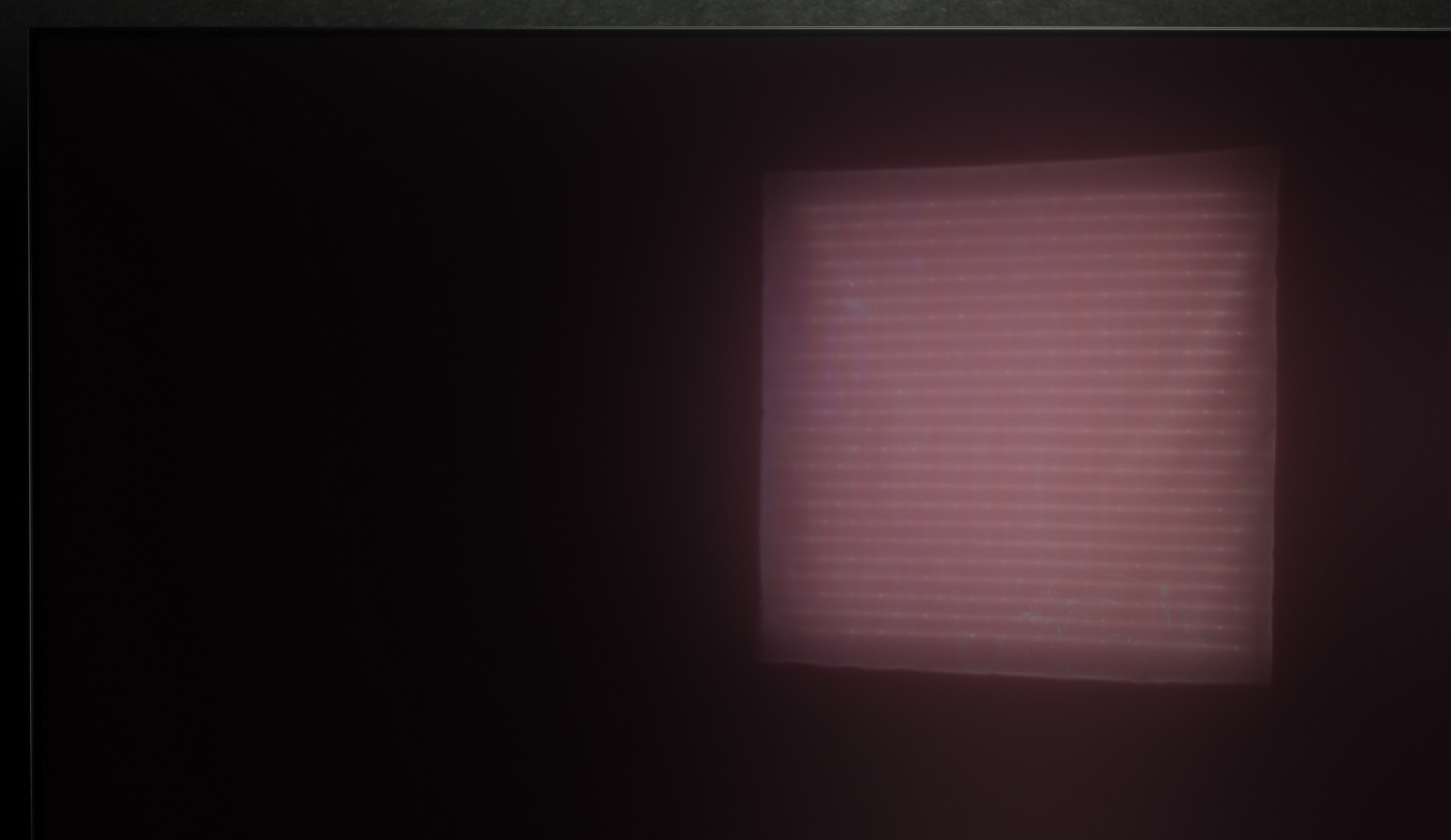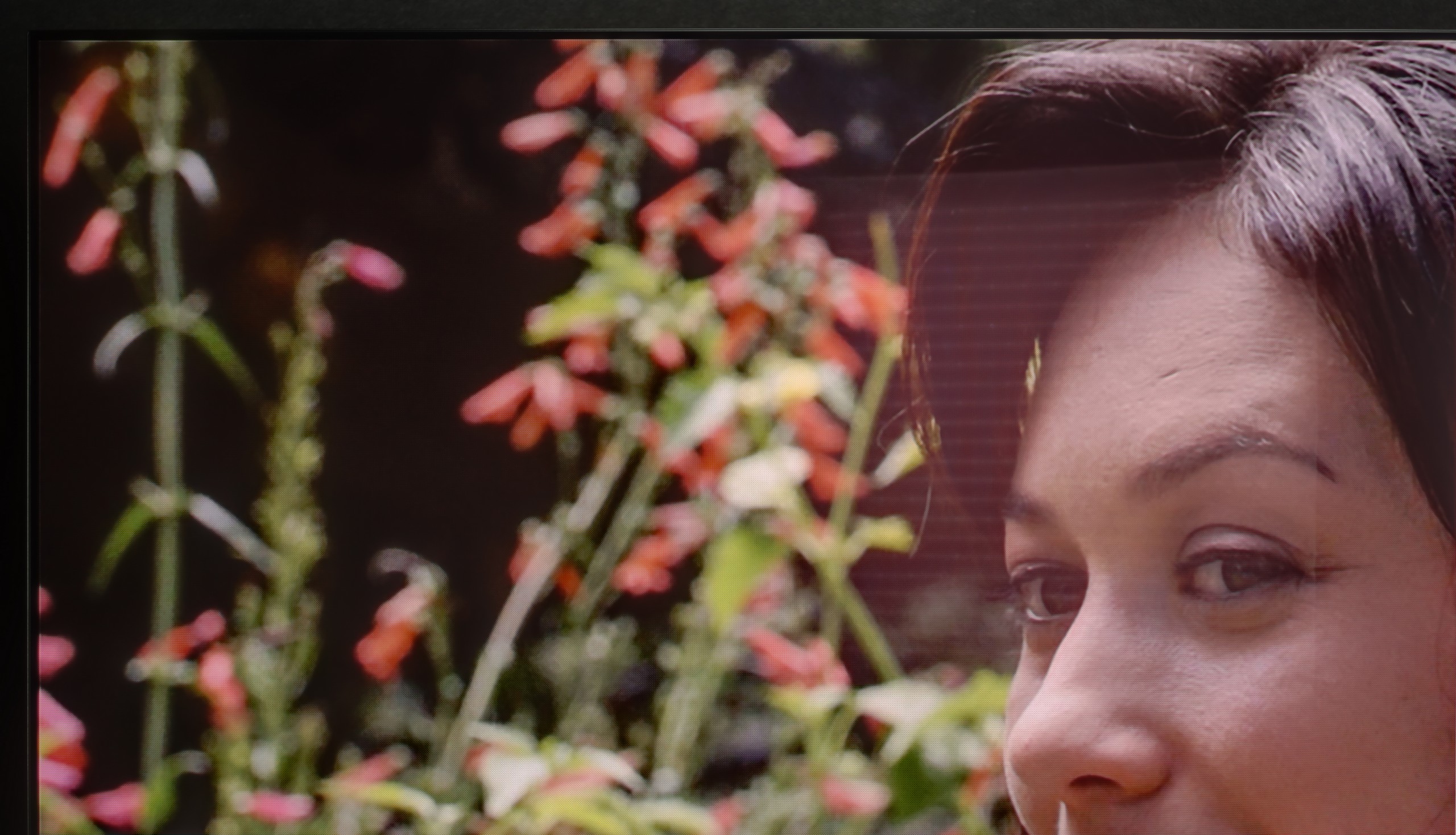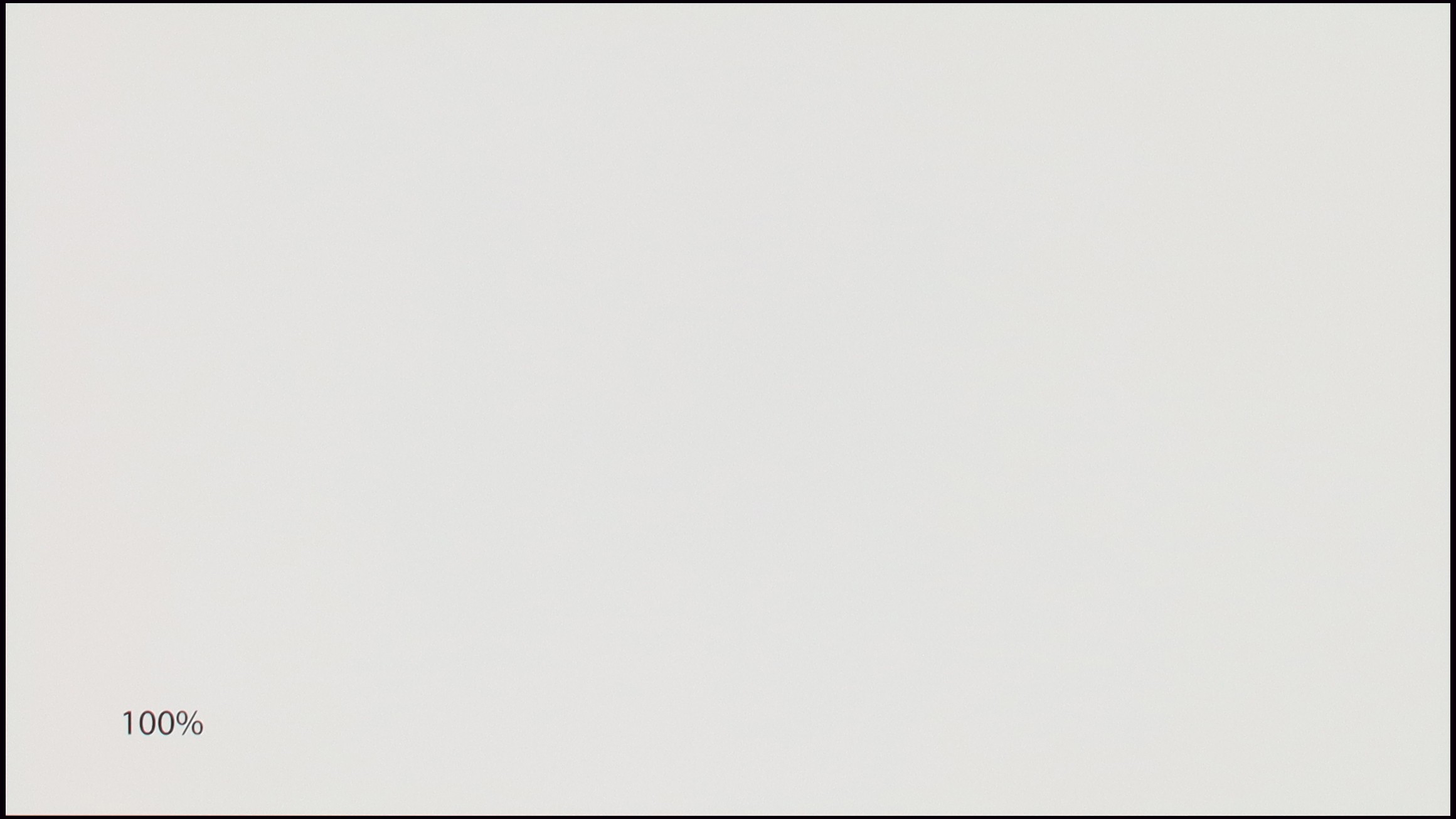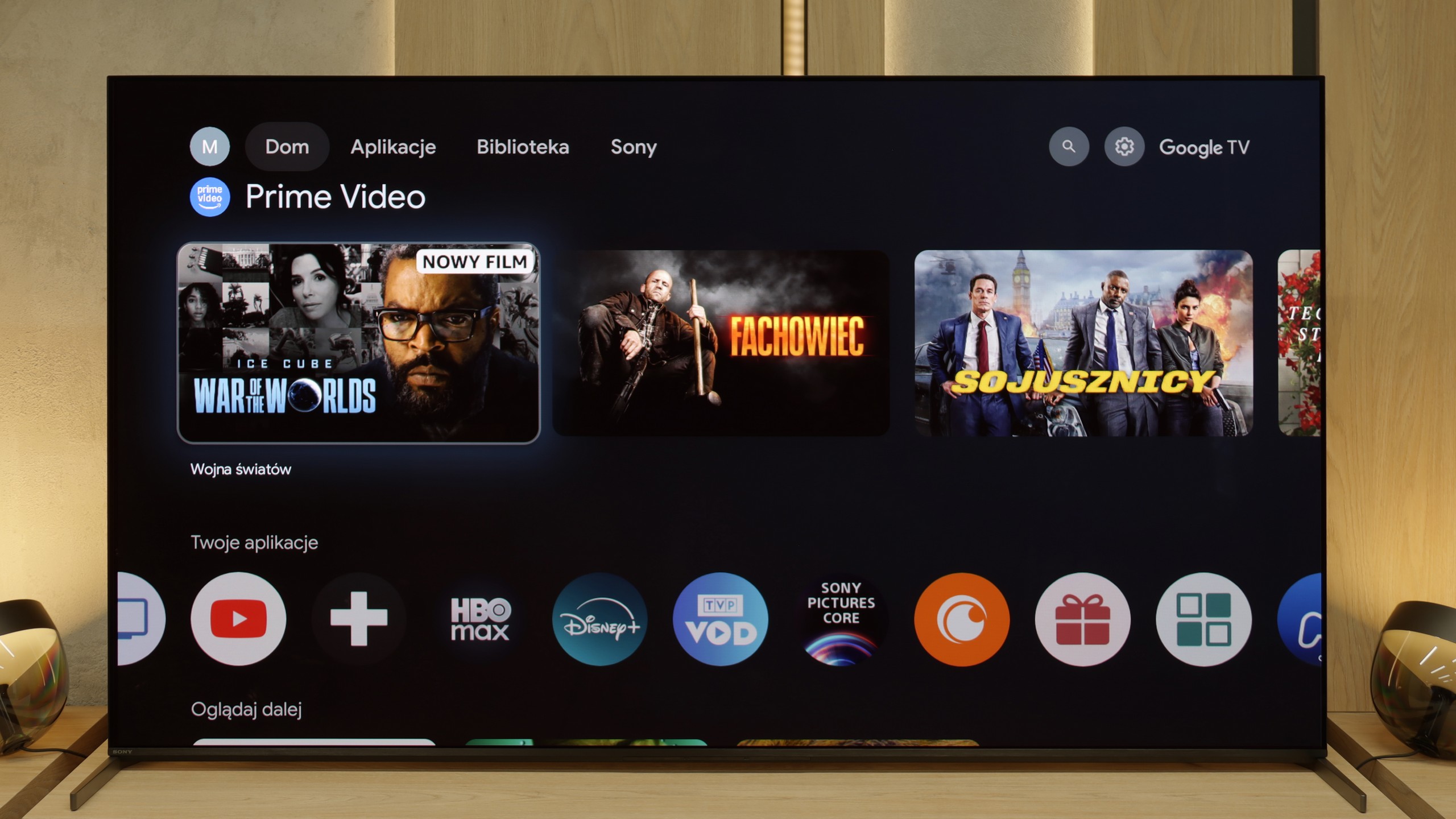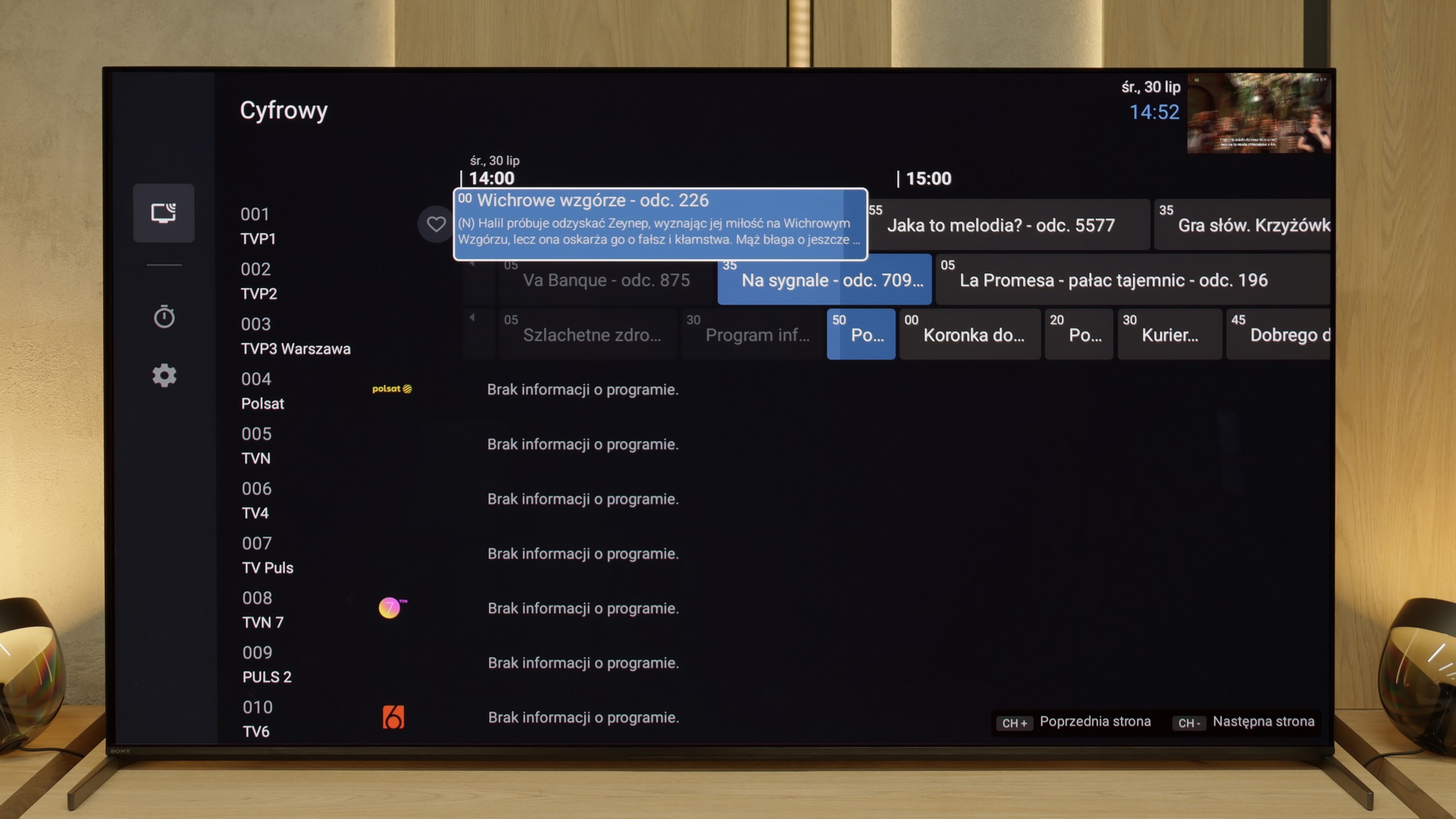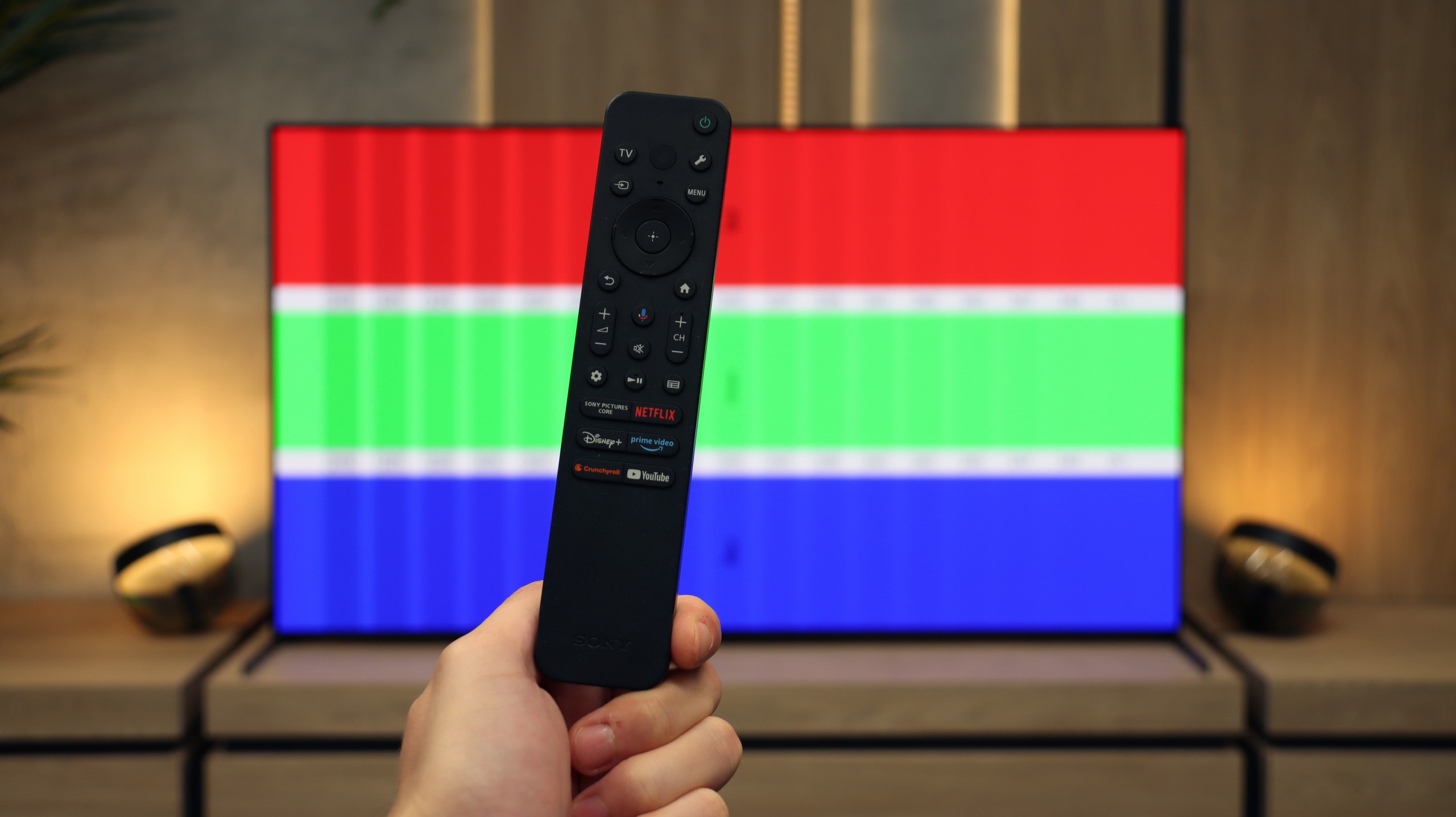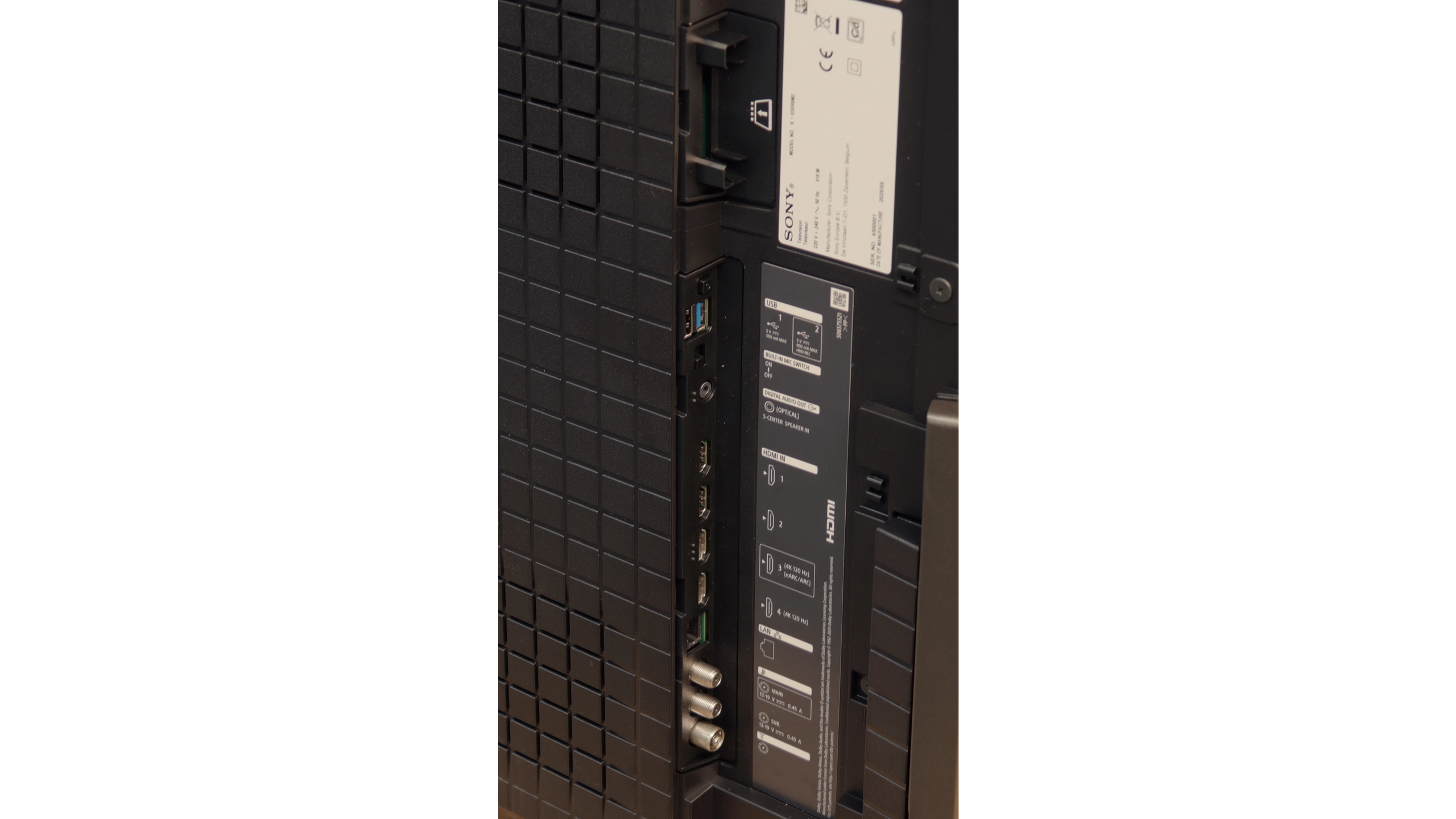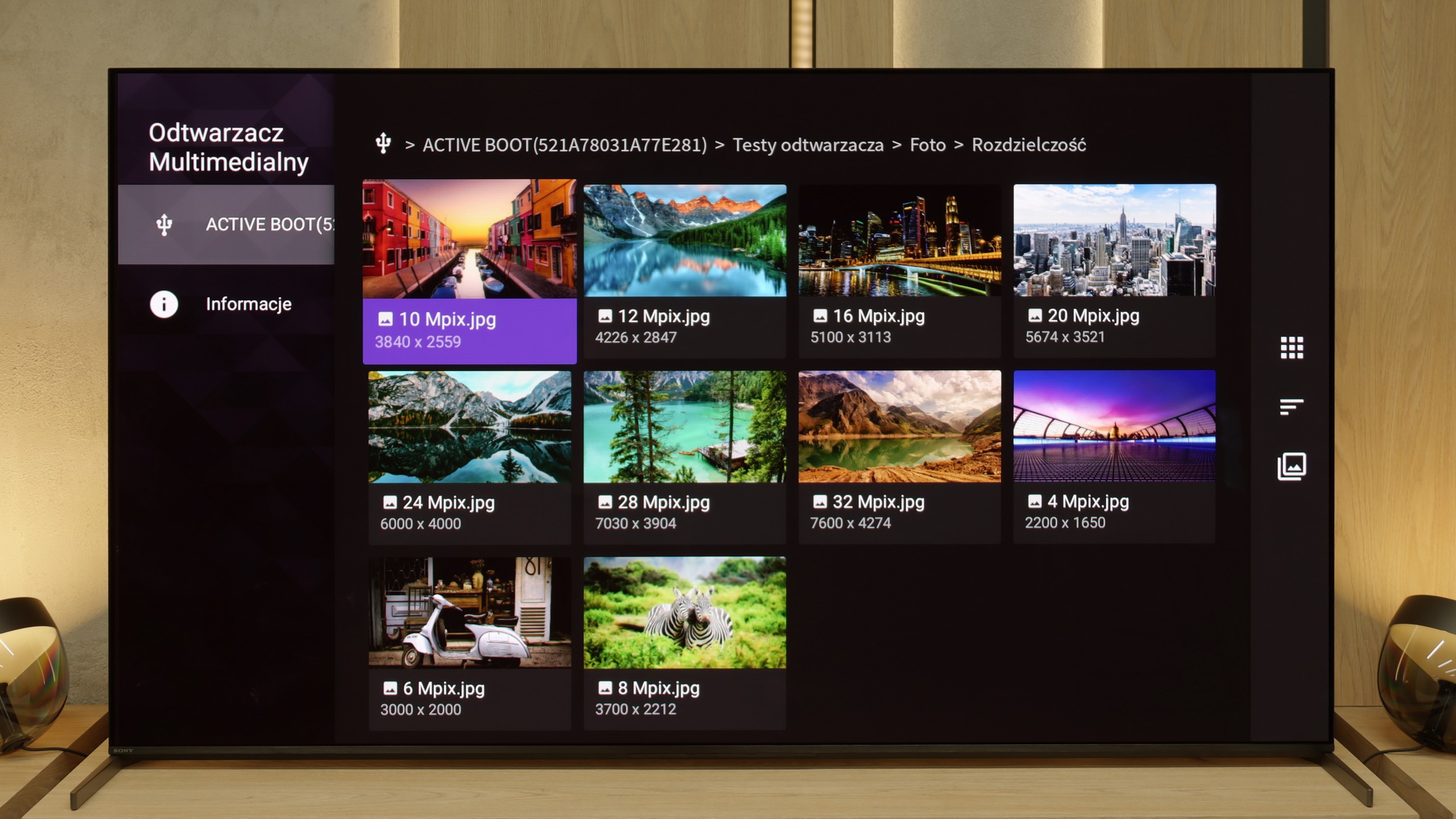Sony Bravia 8 II is undoubtedly a worthy successor to the A95L – polished, extremely versatile, and with several noticeable improvements over its predecessor. The quality of the image, sound, and overall user experience places this model among the top premium televisions of 2025. It's a device that can captivate both movie enthusiasts and demanding gamers. One of its biggest advantages is the nearly perfect picture, where the XR processor subtly yet effectively enhances detail and smoothness without overstepping its bounds with the source material. To top it off, there’s the phenomenal Acoustic Surface sound, creating the impression that dialogues and effects come directly from the screen. Google TV operates very smoothly, offering a vast selection of apps, and additional features – like the ability to play in the cloud on a PlayStation console or access to Bravia Core – elevate the device's value. There’s also no shortage of low input lag, variable refresh rate, and full support for modern HDR formats.
Nevertheless, in this barrel of honey, there are a few spoonfuls of tar. The lack of refresh rates above 120 Hz, only two HDMI 2.1 ports, and mediocre performance in daylight are shortcomings that should not exist in a television of this class in 2025. And while for many these may not be deal-breaking flaws, the competition in the super premium segment is becoming increasingly stronger and more uncompromising. Will these shortcomings make it harder for the Bravia 8 II to win over customers' wallets? That’s for you to assess, the market… and sales figures. Regardless, the Bravia 8 II is a phenomenal product that would definitely be hard not to recommend.
